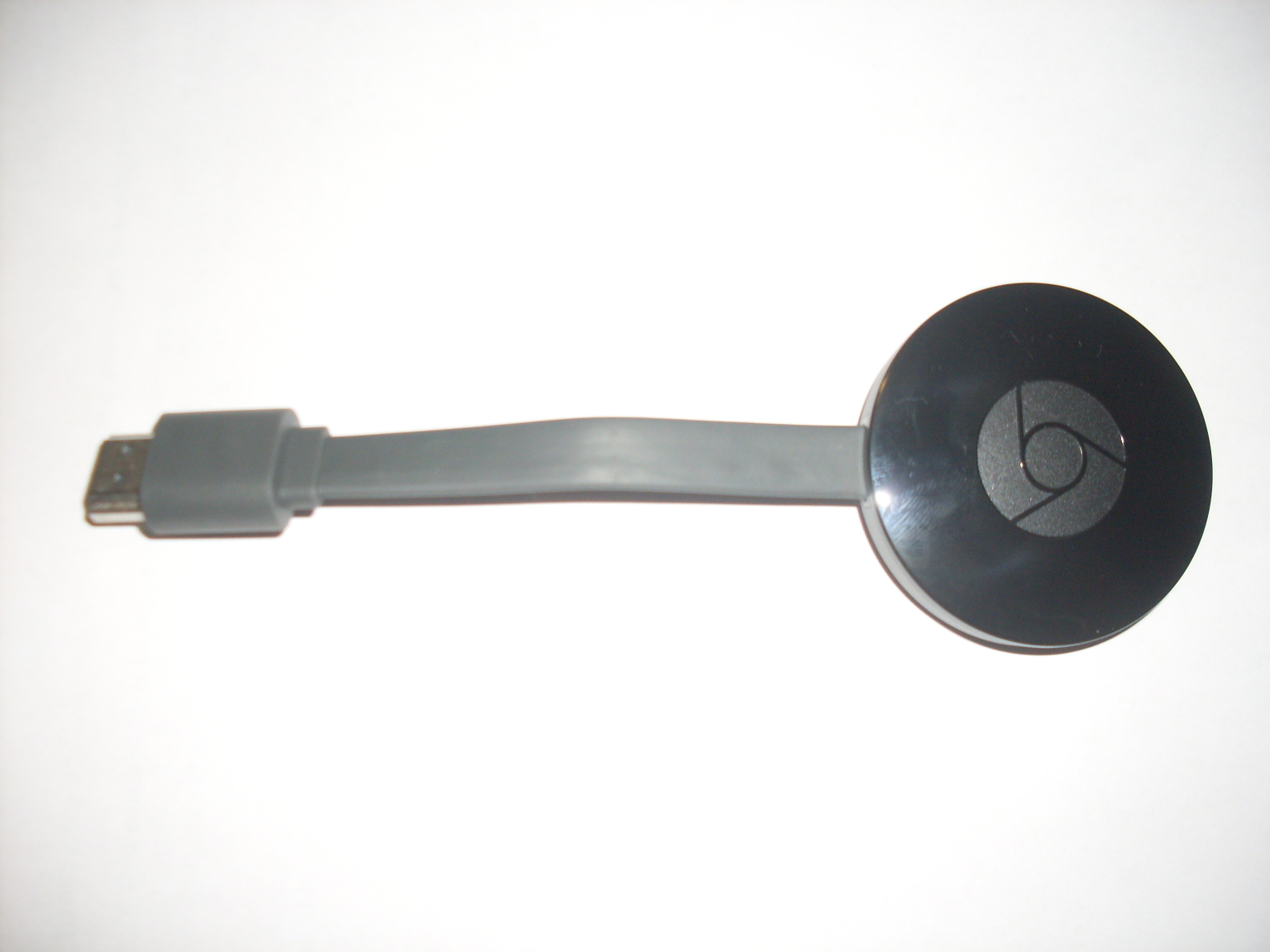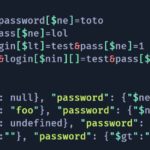No products in the cart.

How to Secure Chromecast by Naomi Stone To protect your Chromecast from hacker attacks, you can enable a VPN, use VLAN, set up a network just for yourself, and disable the guest mode. In this article, you'll find useful tips on how to enjoy your streams to the max. Chromecasts....
Author
Latest Articles
 BlogDecember 28, 2022Cybersecurity in Education: What Parents, Teachers, and Students Should Know in 2023
BlogDecember 28, 2022Cybersecurity in Education: What Parents, Teachers, and Students Should Know in 2023 BlogDecember 15, 2022Remembering Leonard Jacobs
BlogDecember 15, 2022Remembering Leonard Jacobs BlogSeptember 30, 2022VPN Security: A Pentester's Guide to VPN Vulnerabilities
BlogSeptember 30, 2022VPN Security: A Pentester's Guide to VPN Vulnerabilities BlogAugust 9, 2022AppSec Tales II | Sign-in
BlogAugust 9, 2022AppSec Tales II | Sign-in
Subscribe
Login
0 Comments
